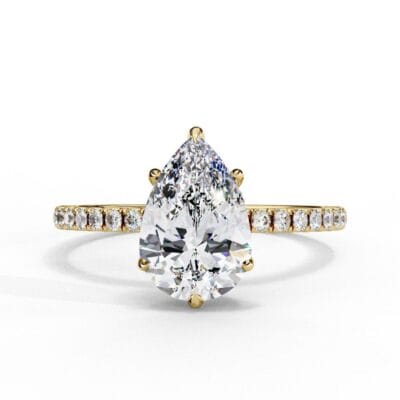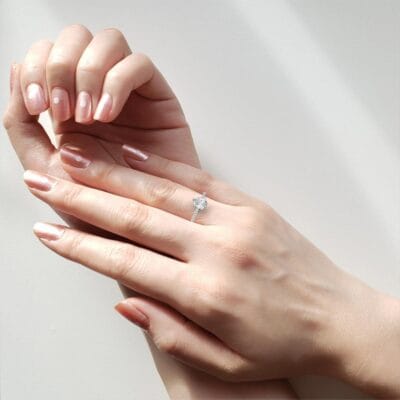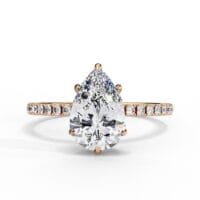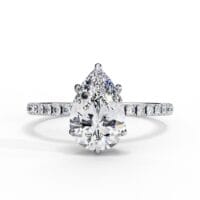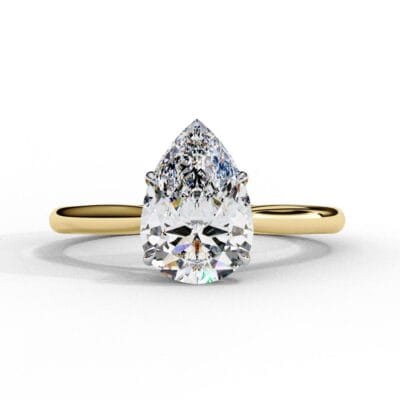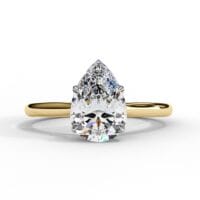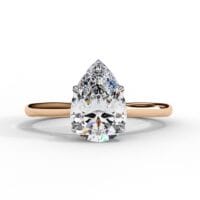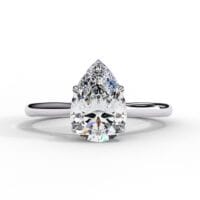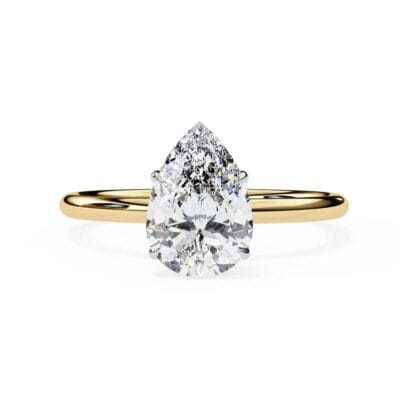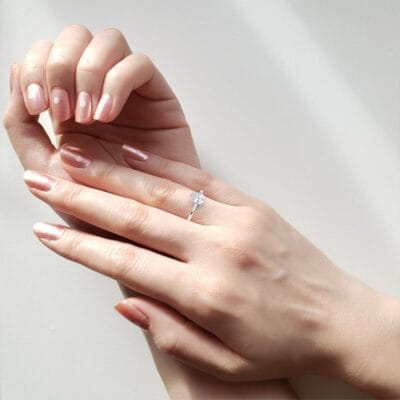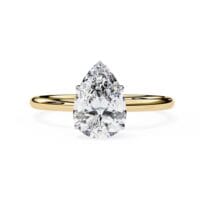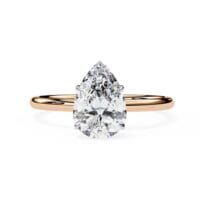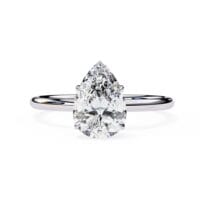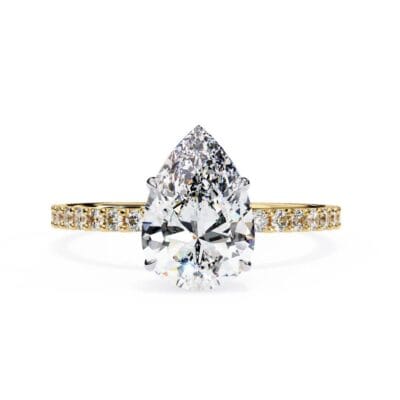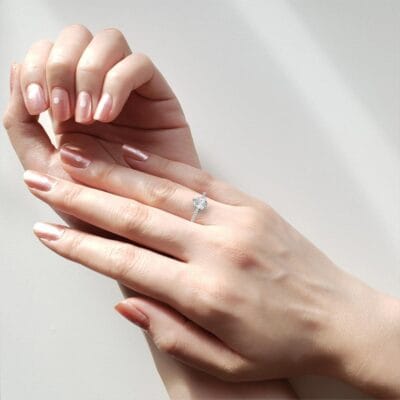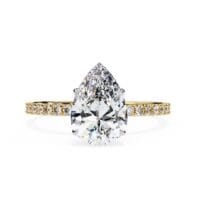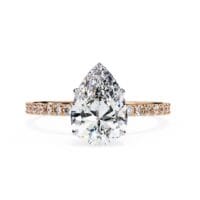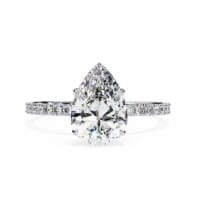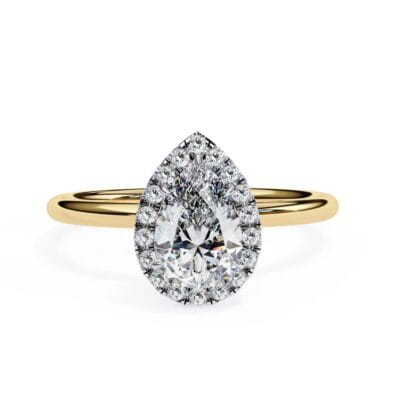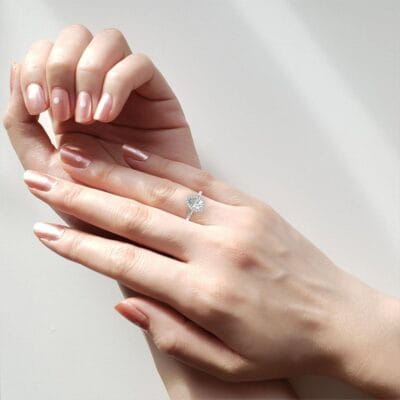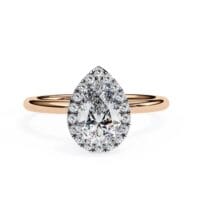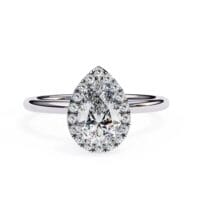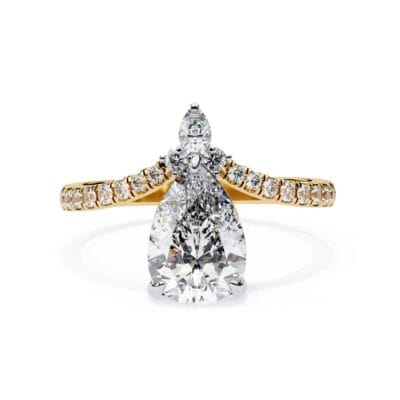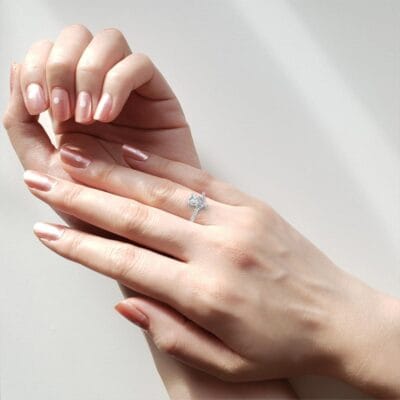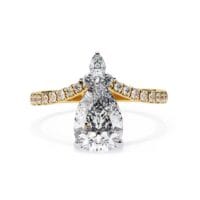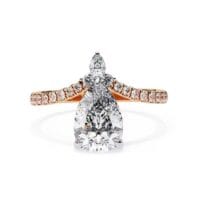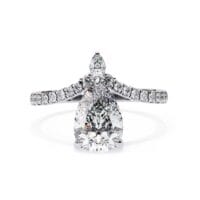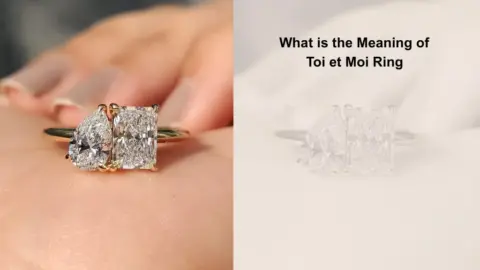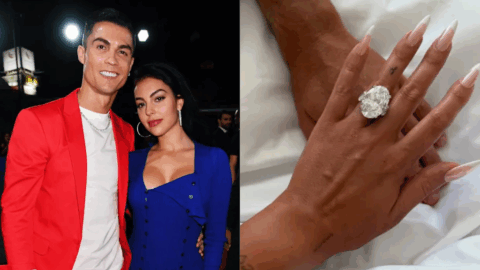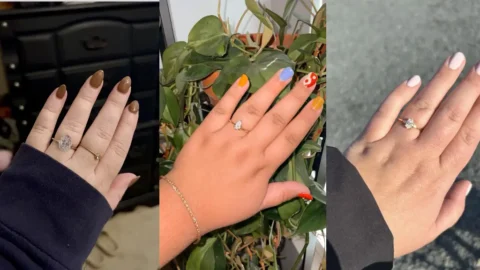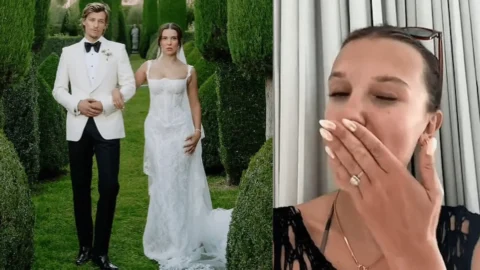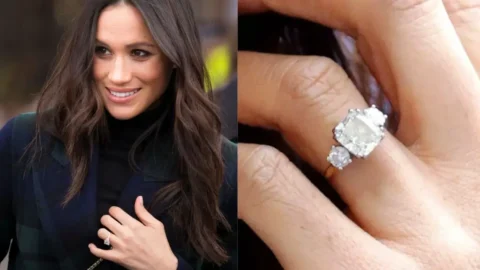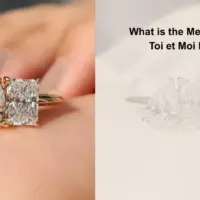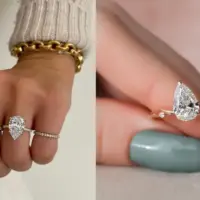When shopping for an engagement ring or a statement piece of fine jewelry, the choice of diamond or gemstone shape is one of the most personal and impactful decisions you’ll make. Two terms often used interchangeably — teardrop and pear shape — can create confusion. While they may refer to a similar overall silhouette, there are subtle distinctions in terminology, design emphasis, and even emotional symbolism that can influence your choice.
This guide explores the nuances between teardrop and pear-shaped stones, their history, style differences, and tips for choosing the perfect one for your ring.
1. What Is a Pear-Shaped Stone?
The pear shape is a hybrid cut, blending the best of the round brilliant and the marquise shapes. It has:
One rounded end
One pointed end
A symmetrical, elongated profile
The pear cut was first popularized in the 15th century by Flemish cutter Lodewyk van Berquem, who developed techniques for precise symmetry and sparkle. Modern pear cuts usually have 56–58 facets, designed to maximize brilliance while preserving a graceful silhouette.
Pear shapes can be set in various orientations, but the most common is with the point facing the fingertip, creating an elongated effect.
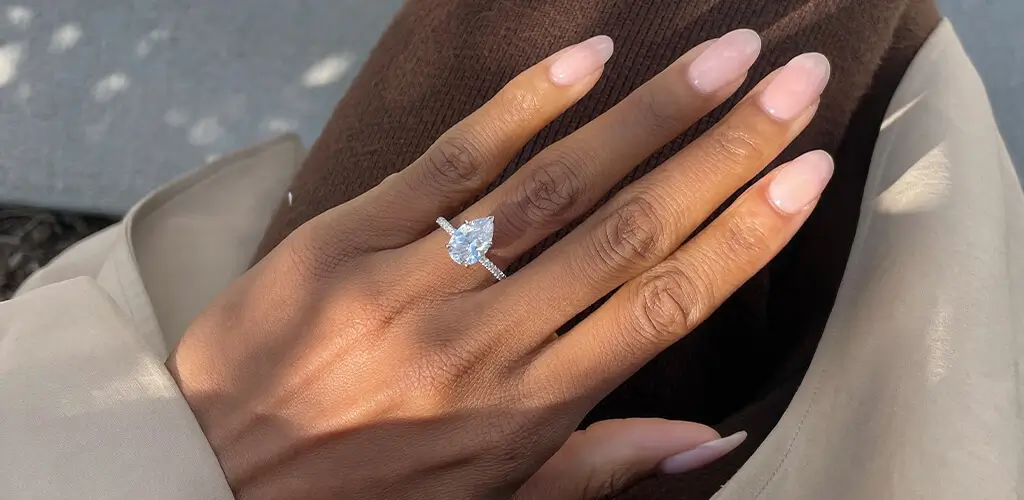
2. What Is a Teardrop Stone?
The teardrop is not an officially recognized gemological cut, but rather a descriptive style term often used in jewelry marketing. It refers to the same outline as a pear shape, but with a stronger emphasis on:
A more pronounced taper at the tip
A softer, flowing curve resembling a falling drop of water
A romantic or emotional symbolism — often linked to tears of joy or deep sentiment
In many contexts, “teardrop” is simply another name for the pear shape. However, designers may slightly alter proportions to give the stone a more fluid, droplet-like feel compared to the precision symmetry of a standard pear cut.
3. The Key Differences: Teardrop vs. Pear Shape
While the technical cut is the same, the differences often come down to design interpretation and emotional perception:
| Feature | Pear Shape | Teardrop |
|---|---|---|
| Definition | A precise gemological cut combining round and marquise shapes | A stylistic name describing a pear-like outline |
| Proportions | Symmetrical, balanced length-to-width ratio (1.45–1.75) | May be slightly elongated or curved for a softer drop-like look |
| Sparkle | Optimized for maximum brilliance | Can be equally sparkly but sometimes prioritizes shape over symmetry |
| Symbolism | Elegance, uniqueness, versatility | Emotion, romance, sentimentality |
| Usage | A formal gemological term used in grading reports | Marketing or artistic description used in design storytelling |
4. Symbolism and Emotional Appeal
Both pear and teardrop shapes carry strong symbolism:
Pear shape: Often represents individuality and timeless elegance. Its asymmetry sets it apart from round or princess cuts, symbolizing a unique love story.
Teardrop: Evokes emotion — tears of joy, a delicate droplet, or a moment frozen in time. In romantic contexts, it can suggest a love so deep it brings happy tears.
For engagement rings, this symbolism can be powerful. The shape feels personal, almost like a secret meaning only the wearer fully understands.
5. Historical and Celebrity Influence
Pear-shaped diamonds have been worn by royalty and Hollywood icons for centuries. Elizabeth Taylor famously owned a 69.42-carat pear-shaped diamond gifted by Richard Burton. More recently, celebrities like Ariana Grande and Margot Robbie have embraced the style.
Teardrop terminology is often seen in fashion jewelry and artistic collections, especially where storytelling and design emotion play a role.
6. Pros and Cons of Each
Pear Shape
Pros:
Timeless, recognized cut
Often elongates the finger
Balanced brilliance and fire
Works well in solitaire or halo settings
Cons:
Requires perfect symmetry for beauty
The pointed tip is prone to chipping without a protective prong
The “bow-tie effect” (a shadow across the center) can appear if poorly cut
Teardrop
Pros:
Romantic, softer interpretation of the pear shape
Versatile in both fine and fashion jewelry
Strong symbolic value
Cons:
Less formal definition — may vary by jeweler
Quality and proportions depend on the designer’s interpretation
May sacrifice some symmetry for fluidity
7. Choosing the Perfect One for Your Ring
When selecting between a pear shape and a teardrop:
Check the Cut Quality — If you want maximum brilliance, look for excellent symmetry and minimal bow-tie effect.
Decide on Symbolism vs. Precision — If you value romance and emotion, a teardrop-inspired design may resonate. If you want a technically perfect cut, the pear shape is ideal.
Consider the Setting — Protective prongs for the tip are essential. Halo settings enhance size and sparkle, while solitaire designs emphasize elegance.
Mind the Size Illusion — Both shapes can appear larger than other cuts of the same carat weight due to their elongated outline.
Try Different Orientations — Point up for a modern, elongating look, or point down for a whimsical, artistic style.
8. Lab-Grown Diamonds and Moissanite in Pear/Teardrop Shapes
At KRK Jewels, many clients choose lab-grown diamonds or Moissanite for their pear and teardrop rings. These stones:
Offer exceptional brilliance at a more accessible price
They are ethically sourced and eco-conscious
Provide the flexibility to explore unique proportions without the high cost of natural diamonds
9. Styling Tips for Pear and Teardrop Stones
Minimalist: A simple solitaire setting to highlight the stone’s shape.
Vintage: A halo or milgrain detailing for a romantic feel.
Modern: Side stones like tapered baguettes or a Toi et Moi pairing.
Statement: Oversized center stones with bold metalwork.
Both shapes work beautifully for engagement rings, earrings, and pendants, offering a blend of sophistication and individuality.
Conclusion
In the world of fine jewelry, teardrop and pear-shaped stones share the same underlying silhouette but differ in the way they are described, styled, and emotionally perceived. The pear shape is the gemological term, prized for precision and brilliance, while the teardrop is the poetic, romantic interpretation that captures the heart.
Know More About
Best celebrity engagement rings
How to wear pear-shaped engagement rings?
Can you use an Engagement ring as a Wedding ring?
What are the different types of engagement rings?
Best online Engagement Ring Dealer
Where to Buy the Most Expensive Engagement Rings?



